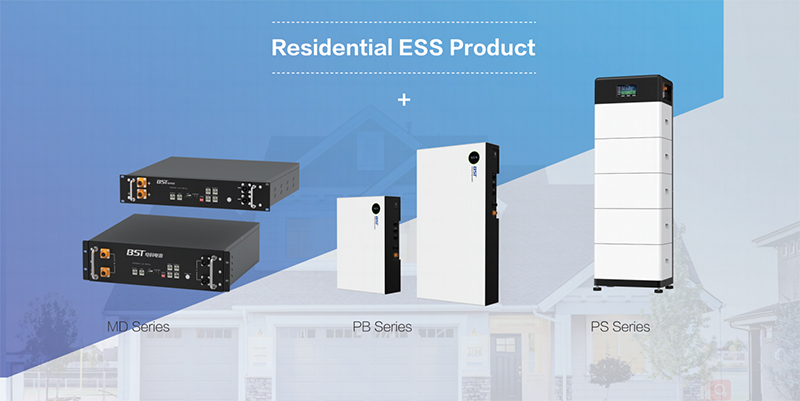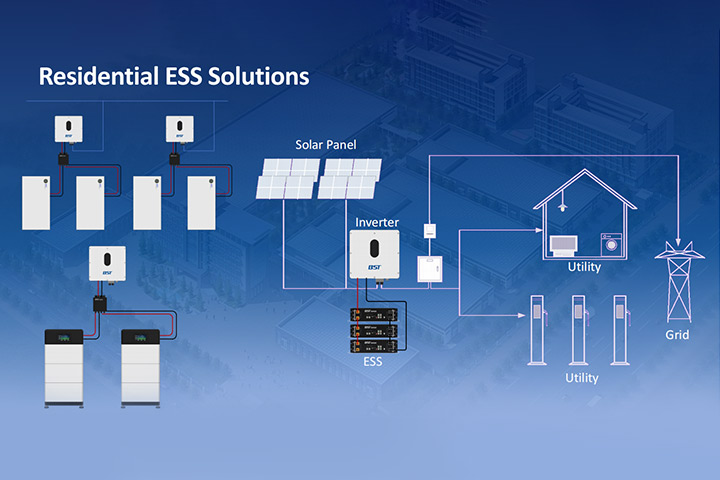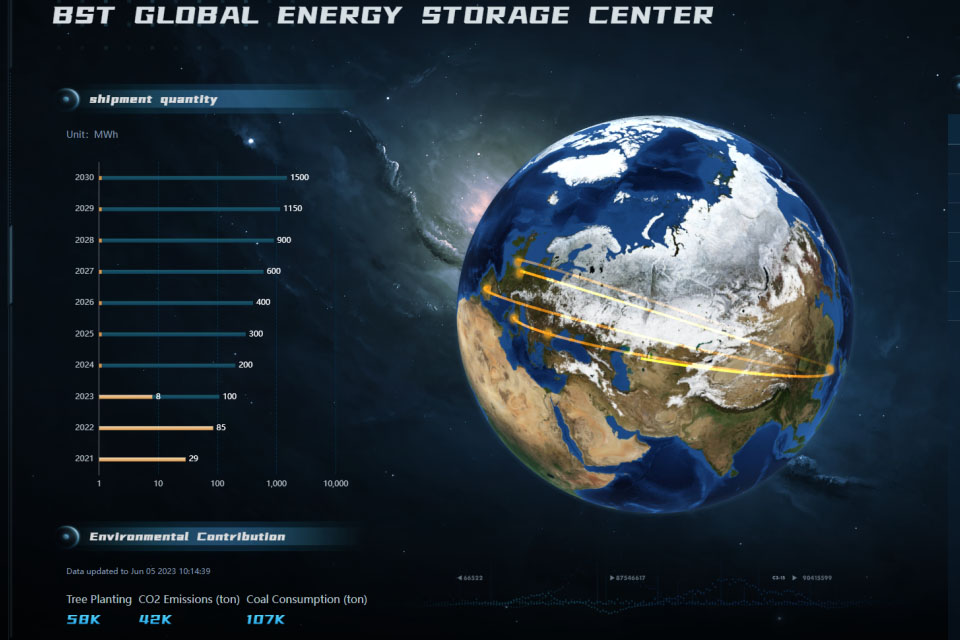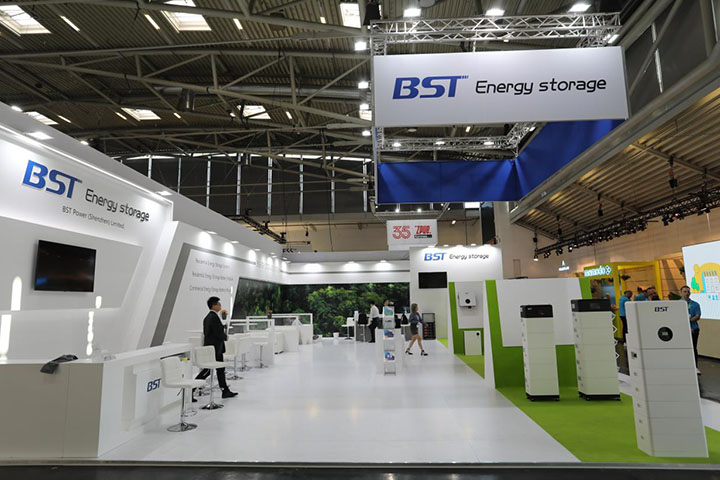In the rapidly advancing world of energy storage, lithium-ion batteries have become the backbone of modern power solutions. Among the various types of lithium batteries, Lithium Iron Phosphate (LFP) batteries stand out as one of the most promising options. With numerous advantages over other lithium battery chemistries, LFP batteries are increasingly gaining popularity in both consumer and industrial applications. In this article, we will explore the major advantages of LFP batteries and why they are emerging as a top choice in the energy storage market.
What Are LFP Batteries?
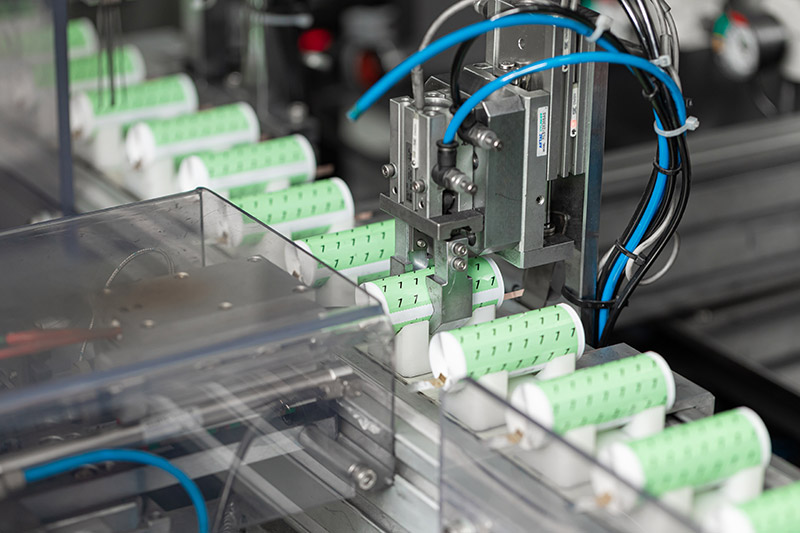
Before diving into the advantages, it’s essential to understand what LFP batteries are. LFP batteries are a type of lithium-ion battery that uses lithium iron phosphate (LiFePO₄) as the cathode material. Unlike other lithium-ion batteries, which often use materials like cobalt or nickel, LFP batteries use a much more stable and abundant material. This difference in chemistry gives LFP batteries unique properties that make them particularly well-suited for specific applications.
1. Enhanced Safety Profile
One of the major advantages of LFP batteries is their superior safety profile. Compared to other lithium-ion chemistries, LFP batteries are inherently more stable and less prone to thermal runaway, which can lead to fires or explosions. This is because iron phosphate, the cathode material, has a stable crystal structure that is less susceptible to overheating and degradation under high temperatures.
In conventional lithium batteries, materials like cobalt and nickel can break down under stress or high temperatures, leading to a risk of fire or explosion. However, LFP batteries maintain their stability even under extreme conditions. This makes them an excellent choice for applications where safety is a top priority, such as electric vehicles (EVs), energy storage systems, and consumer electronics.
2. Longer Lifespan
Another major advantage of LFP batteries is their exceptional cycle life. LFP batteries can typically withstand more charge and discharge cycles compared to other lithium-ion batteries. While most lithium batteries begin to lose capacity after 500–1,000 charge cycles, LFP batteries can last for over 3,000 cycles or more with minimal degradation.
This long lifespan makes LFP batteries ideal for applications that require long-term reliability, such as in renewable energy storage systems, backup power supplies, and electric vehicles. The extended lifespan reduces the need for frequent replacements, making LFP batteries a more cost-effective choice in the long run.
3. Environmental Friendliness
LFP batteries are also more environmentally friendly compared to other types of lithium batteries. The production of LFP batteries uses less harmful materials, with the primary components being iron and phosphate, both of which are abundant and non-toxic. In contrast, batteries that use cobalt or nickel can have more significant environmental impacts due to the mining and extraction of these materials, which can result in habitat destruction and pollution.
Furthermore, the recyclability of LFP batteries is relatively high. Many of the components used in LFP batteries, such as iron and phosphate, are easier to recycle than those used in other lithium-ion batteries, contributing to a more sustainable energy storage solution. As the world moves toward greener technologies, LFP batteries are emerging as a more eco-friendly alternative to traditional energy storage options.
4. Cost-Effectiveness
Cost is a significant consideration for many consumers and businesses when selecting a battery for their energy storage needs. LFP batteries tend to be more affordable than other lithium-ion batteries, primarily due to the lower cost of the raw materials used in their production. Iron and phosphate are far more abundant and cheaper than cobalt and nickel, which are often used in other lithium-ion batteries.
In addition to lower raw material costs, the longer lifespan of LFP batteries can help reduce overall operational costs. The ability to perform more charge and discharge cycles without significant capacity loss means that users can get more value for their investment over time. This makes LFP batteries an attractive choice for both personal and industrial applications where cost efficiency is critical.
5. Higher Thermal Stability and Performance in Extreme Temperatures
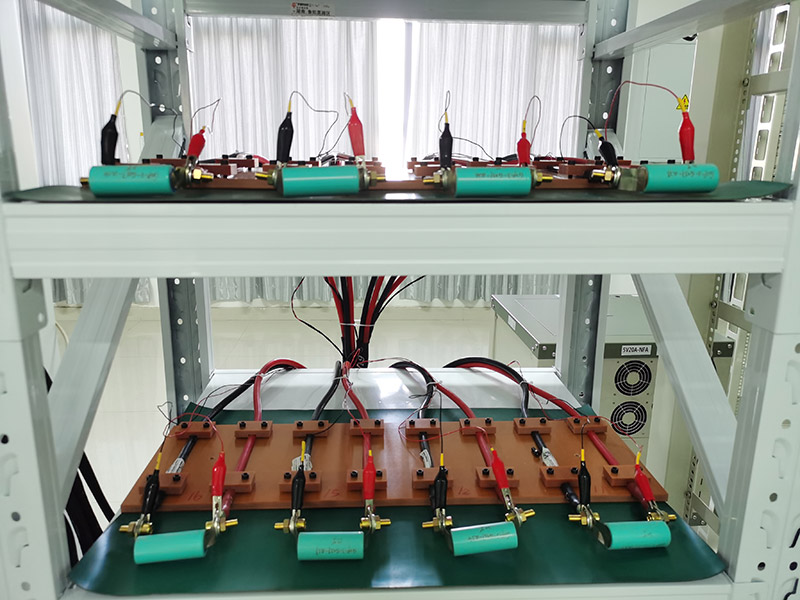
LFP batteries are well-known for their high thermal stability, allowing them to perform well even in extreme temperatures. Other lithium-ion batteries may suffer from performance degradation or safety risks in high-temperature environments. In contrast, LFP batteries can operate safely and efficiently in a wider range of temperatures, typically from -20°C to 60°C (-4°F to 140°F).
This characteristic makes LFP batteries particularly suitable for applications that require reliability in harsh conditions, such as in outdoor energy storage systems, electric vehicles operating in hot climates, and industrial equipment exposed to temperature fluctuations.
6. Excellent Performance in High Power Applications
LFP batteries are also renowned for their excellent performance in high-power applications. Due to their stable chemistry and high energy density, LFP batteries are capable of delivering significant amounts of power in a short period, making them ideal for applications that require quick bursts of energy. This makes LFP batteries an excellent choice for use in electric vehicles, power tools, and other high-drain devices.
Additionally, LFP batteries have a higher current discharge capability compared to other lithium-ion batteries, allowing them to power large machines or vehicles without a significant loss of efficiency. This makes them a preferred option in industries where high power output is essential.
7. Improved Charge Efficiency
LFP batteries also offer improved charge efficiency compared to other types of lithium-ion batteries. They can charge faster without the risk of overheating or rapid degradation, which makes them more suitable for applications that require quick recharging times, such as in EVs or backup energy storage systems.
With the growing demand for fast-charging electric vehicles and renewable energy storage, LFP batteries provide a reliable and efficient solution. The fast-charging capability allows users to spend less time waiting for their batteries to recharge, increasing productivity and reducing downtime.
8. Wide Range of Applications
The versatility of LFP batteries is another major advantage. LFP batteries are used in a variety of applications across different industries, from electric vehicles and energy storage systems to consumer electronics and medical devices. Their unique combination of safety, long lifespan, cost-effectiveness, and high performance makes them suitable for many different uses.
In the electric vehicle market, for example, LFP batteries are increasingly being adopted by automakers due to their safety features, long lifespan, and lower cost compared to other lithium-ion chemistries. In energy storage systems, LFP batteries are used to store renewable energy from solar panels and wind turbines, helping to balance supply and demand in power grids.
9. Better Voltage Stability
LFP batteries provide better voltage stability compared to other lithium-ion batteries. This means that LFP batteries maintain a consistent voltage throughout their discharge cycle, ensuring more reliable and predictable performance. This is particularly important in applications where steady and reliable energy output is essential, such as in critical backup power systems or grid storage applications.
Conclusion: The Future of LFP Batteries

The advantages of LFP batteries are clear: enhanced safety, longer lifespan, environmental friendliness, cost-effectiveness, high thermal stability, excellent performance in high-power applications, improved charge efficiency, and a wide range of uses. As the global energy landscape shifts toward more sustainable and efficient solutions, LFP batteries are well-positioned to play a critical role in the transition to green energy.
From powering electric vehicles to providing backup power for homes and businesses, LFP batteries are becoming an increasingly attractive choice for consumers and businesses alike. As technology continues to improve, we can expect the adoption of LFP batteries to grow, further solidifying their place as a leading technology in the energy storage market.
In summary, the major advantage of LFP batteries lies in their safety, longevity, and versatility, making them a superior choice in many applications compared to other lithium-ion batteries. As the demand for renewable energy storage and electric vehicles continues to rise, LFP batteries will likely play a crucial role in shaping the future of sustainable energy.
